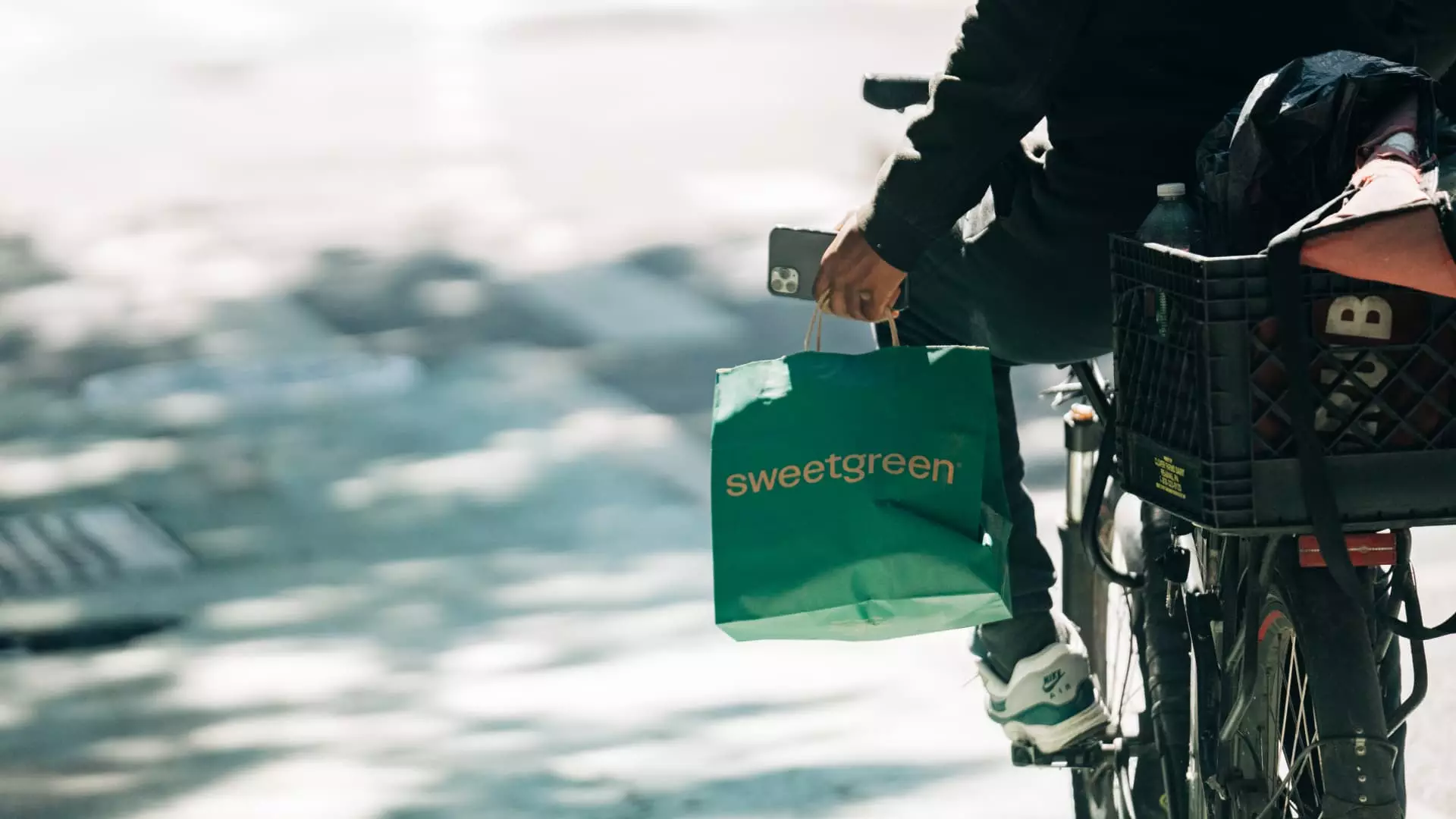Recent studies have shown a significant shift in consumer behavior among individuals taking GLP-1 drugs, with many reporting reduced spending on food. The Morgan Stanley survey revealed that a majority of respondents are cutting back on expenses related to dining out at restaurants and ordering takeout. This trend is expected to have lasting implications on the food and beverage industry, particularly affecting companies that rely heavily on consumer spending. With the rising demand for GLP-1 drugs, it is projected that the market for these medications will reach $105 billion by 2030, indicating a substantial impact on consumer behavior and dietary choices.
The Resilience of Food and Beverage Companies
Despite the growing concerns surrounding the impact of GLP-1 drugs on consumer spending habits, many food and beverage companies have expressed confidence in their ability to navigate through these changes. According to Morgan Stanley analysts, the reduction in revenue caused by GLP-1 drugs is considered a manageable long-term pressure rather than an existential risk. While some restaurants may need to adapt to accommodate health-conscious consumers, others are better positioned to thrive in this evolving landscape. Fast-casual restaurants focusing on healthier options and quality experiences are expected to fare well, while more indulgent establishments may face increased pressure.
The Morgan Stanley survey identified various sectors within the food and beverage industry that are likely to be impacted differently by the rise in GLP-1 drug usage. Healthier food companies offering organic and natural products are predicted to benefit from this trend, while those producing alcoholic beverages face higher risks. Restaurants emphasizing convenience and experience over just food are expected to retain their appeal, although adjustments may be necessary to cater to health-conscious consumers. Overall, the survey indicates a shift towards reduced consumption of snacks, sugary drinks, and alcohol, with potential long-term implications for the food and beverage market.
Consumers taking GLP-1 drugs reported significant changes in their eating habits, including reduced food consumption and altered meal preferences. The survey found that individuals are more conscious of portion sizes and tend to consume smaller servings when dining out. Furthermore, there has been a notable decrease in the consumption of snacks, confections, and sugary beverages among those taking weight-loss medications. This shift in dietary patterns suggests a potential decline in the sales of certain food categories by 2035, prompting food and beverage companies to reassess their product offerings in response to changing consumer preferences.
One surprising finding from the survey was the positive impact of GLP-1 drugs on addictive behaviors such as smoking. Participants reported a significant decrease in traditional cigarette and e-cigarette usage after starting the medications, signaling a potential benefit beyond weight loss and appetite suppression. While further research is needed to fully understand the relationship between GLP-1 drugs and addictive behaviors, this preliminary data offers a glimmer of hope for individuals looking to break free from harmful habits.
The increasing popularity of GLP-1 drugs is reshaping consumer behavior and spending in the food and beverage industry. As more individuals turn to these medications for weight loss and diabetes management, companies will need to adapt to changing demands and preferences. By understanding the impact of GLP-1 drugs on consumer behavior, businesses can position themselves to thrive in a shifting market landscape.


Leave a Reply